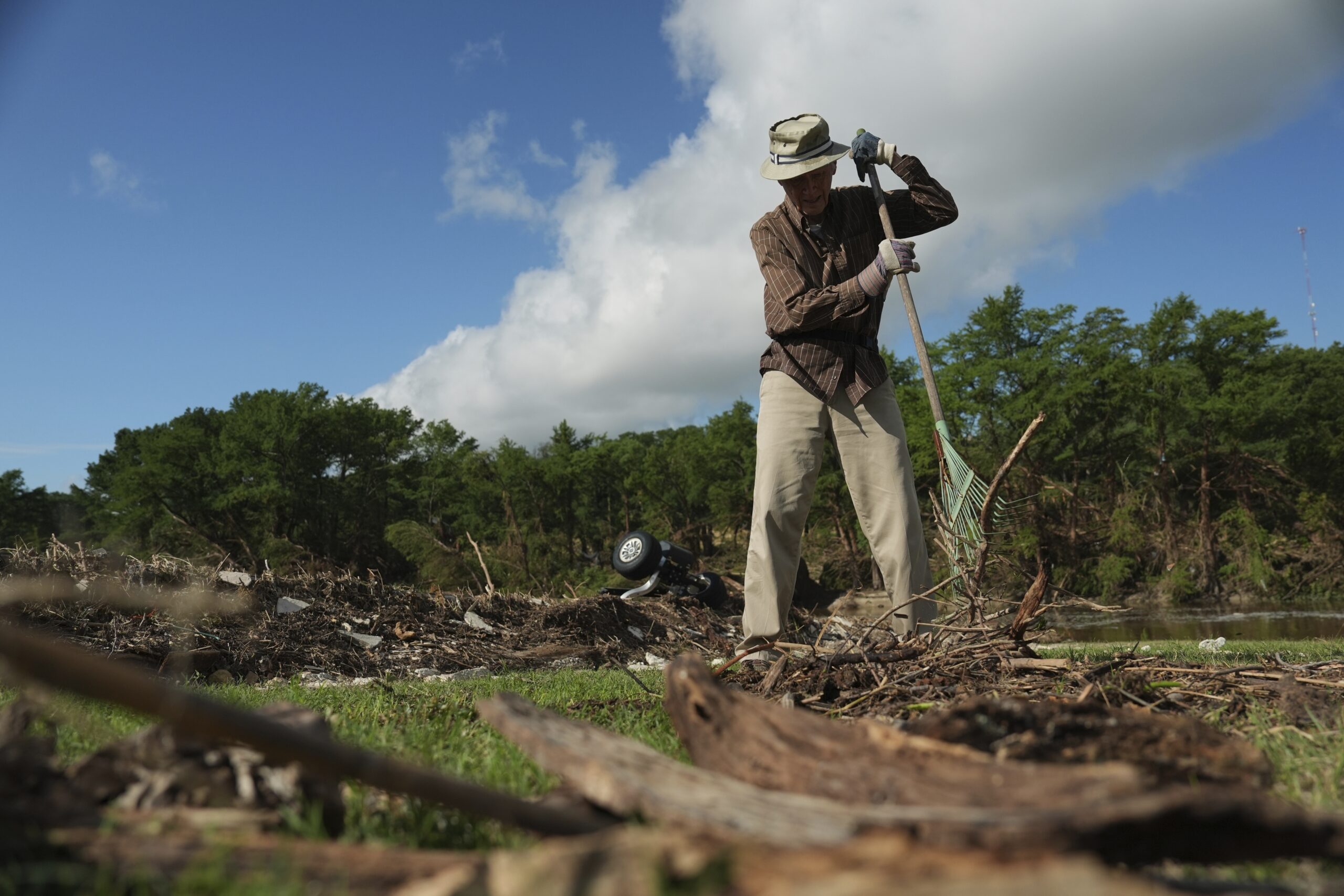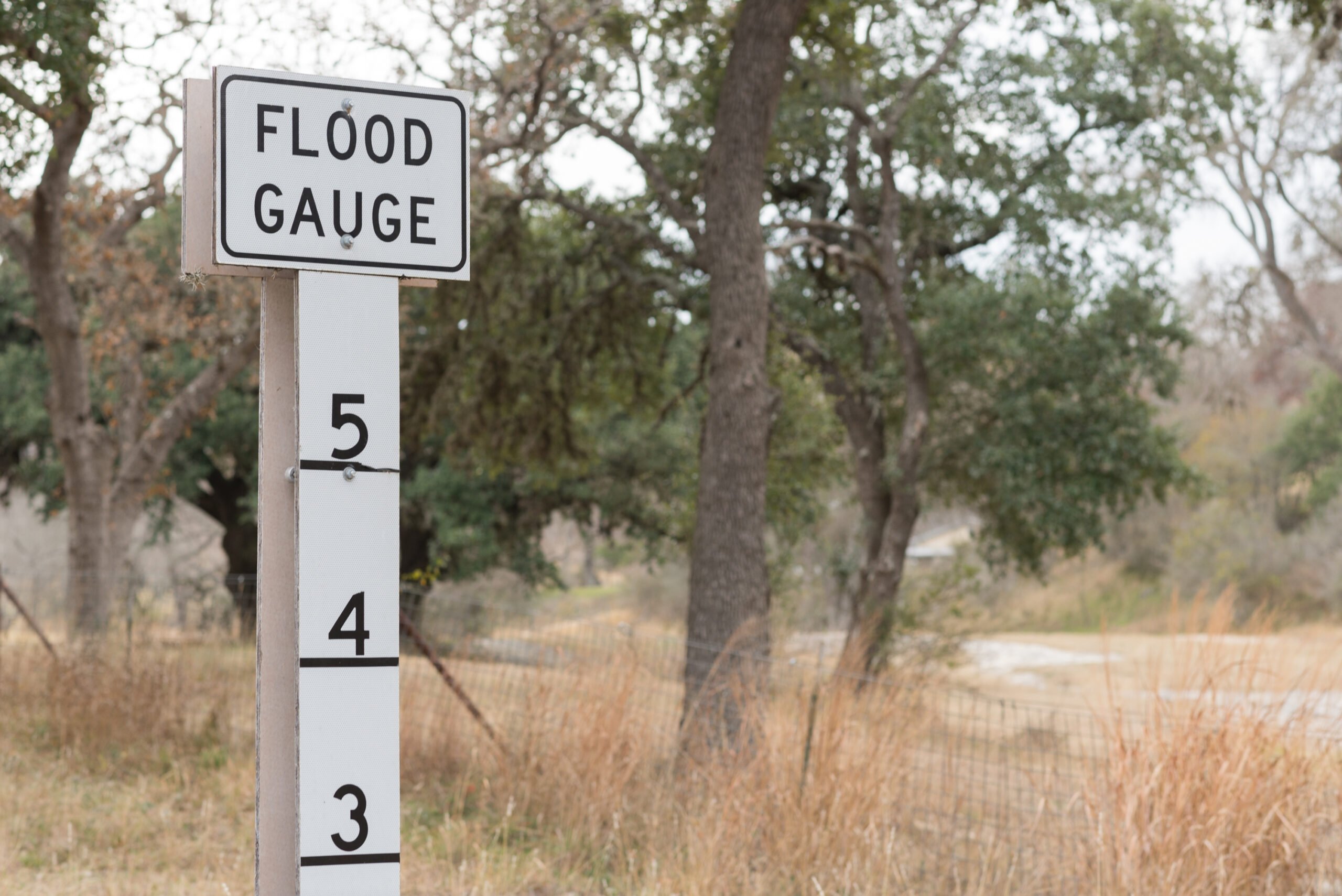ustxtxb_obs_1977_03_25_50_00007-00000_000.pdf
Page 13
Union printing with competitive prices. Support the movement, help us build the ideal. Come to I.D.A. for your printing needs. 901 W. 24th St., Austin 477-3641 IMMO 15 S T UN “Home of Texas Traditional Music” Down-Home Food 217 So. Lamar Austin, Texas Os. \\5e’ ,15 -. o 41-1 vos t rv,40 5 S, cz’ t 8 STORES IN DALLAS. 4636 MeKINNEY AVE. RICHARDSON: 501 LOCKWOOD FARMERS MANOR SHOPPING GTR. ‘SW CORNER, VALLEY VIEW IN WACO: 256 & COLUMBUS IN AUSTIN: 1614 LAVACA 8103 suaNwr RD. March 25, 1977 7 HALF PRICE RECORDS .AA.G AZ IN 1ES whether the station would take further legal action. The election to decide the question of union representation has been set for March 16, but there remains the dispute over who is eligible to vote. The union’s lawyer says that four parttime workers, even if they are broadcast students, should be allowed to vote; KLRN’s lawyer says not. Aside from these four, no one else is eligible. Former KLRN employees say Barreca cited President Ford’s veto of PBC funds when announcing the layoffs \(the veto was later overriden by Conhad no bearing on the staff cuts. \(Former KLRN cameraman Mike Arc henhold suggests that KLRN’s budget had been Harvey Herbst, station manager, argued at hearings that KLRN workers were state employees made up in anticipation of the veto override. Had the veto been allowed to stand, Where are KLRN’s, federal funds going, if not into production? Former employees say that new company cars, new executives, higher salaries for management, and a satellite receiving station have absorbed the funds expenditures that will make it unnecessary for KLRN to engage in any local production at all; it can serve, instead, as a conduit for programs produced elsewhere. Barreca declared that “nothing could be further from the truth” and noted that one of the new executives, Howard Chalmers, was hired specifically for program development. But former employees assert that since Chalmers’ arrival, no new programs have been planned. And Chalmers a banker whose only previous television experience was a stint as emcee on KLRN’s annual fundraising auction is often blamed for the decline of the station’s nationally syndicated music show, “Austin City Limits.” One might argue that only a crew of trained professionals can produce shows of national quality and that KLRN’s decision to rely on student labor indicates a lessening commitment to production. Frank Barreca says he is corn pletely satisfied with students, noting that “it’s not that hard to run a camera in a studio.” What options are left to the fifty or so skilled workers KLRN’s cutbacks have left without jobs? No new production at KLRN seems likely, although Barreca claims that those fired will be first in line should local production levels rebound. A few have found TV jobs on the East and West Coasts, but those who chose to stay in Austin have been forced to leave television altogether because the city’s three commercial stations have few openings. \(And produce no nationally The guild’s emphasis The timing of the NLRB decision prevented the guild from acting on its grievances, which went beyond wages and hours to questions of the quality of KLRN’s production and its treatment of employees. Many of them say they were treated as extensions of their machines rather than as skilled professionals; station managers, they claim, regarded them as somehow defective for not “rising” to white-collar jobs. The workers have charged that even those most skilled in television were seldom consulted on important decisions affecting production and that crews were instructed to keep their opinions about program content to themselves. Its emphasis on human rather than economic grievances has placed the guild in the forefront of the progressive labor movement. It is rewriting labor law and redefining workers’ rights to improve the conditions of their jobs through concerted union action. It is a shame that the guild was not allowed to show what it could do with public television here. Jayne Loader is a Texas writer currently living in New York. Where is KLRN’s federal money going? Former employees say new cars, new executives and higher management-level salaries have absorbed most of the funds, leaving little for local programing. And a new satellite receiving station might make local production unnecessary anyway.


